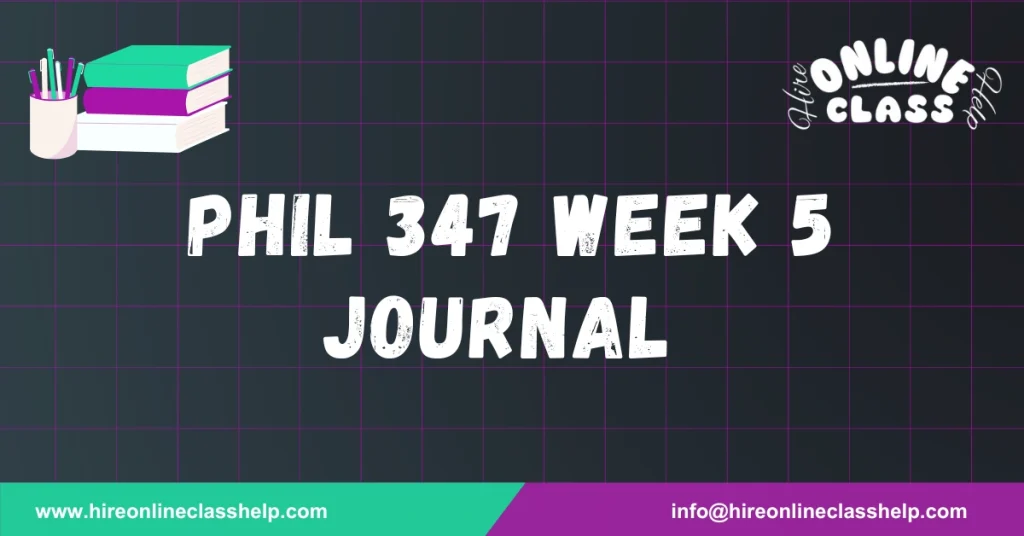






Name
Chamberlain University
PHIL-347: Critical Reasoning
Prof. Name
Date
Self-regulation is a crucial skill that allows individuals to recognize and assess their actions or decisions and, when necessary, make corrections. Without purposeful effort, focusing attention can become challenging, particularly when multitasking or engaging in routine activities. This process is frequently in use during daily activities, such as studying or staying alert while driving. The mind often operates in two thinking systems. System-1, a quick and reactive process, is used in situations demanding immediate responses. For example, ordering coffee in a familiar coffee shop requires minimal thought, as the situation is routine. As Facione (2016) explains, “System-1 thinking relies heavily on situational cues, salient memories, and heuristic thinking to arrive quickly and confidently at judgments, particularly when situations are familiar and immediate action is required.” By contrast, System-2 thinking is a slower, more logical process used when situations require thoughtful planning or deliberation. For instance, selecting a college is a decision involving consideration and analysis of various options, aligning with long-term life goals. This process is supported by System-2 thinking as it allows for a more thorough examination of options, leading to a conscious, well-considered choice. According to Facione (2016), “Critical thinking is system-2 thinking focused on resolving the problem at hand and at the same time monitoring and self-correcting one’s own process of thinking about that problem.”
Heuristics also play an influential role in decision-making. They act as mental shortcuts, allowing for quick decisions based on previous experiences. A common example is choosing an outfit for a busy day; when rushed, a familiar outfit may be chosen rather than thoughtfully selecting a new one. Heuristics are efficient for quick decision-making but can lead to cognitive bias if relied upon excessively. For instance, upon hearing a description of someone fond of donuts and frequently dressed in blue, one might assume the individual is a police officer rather than a family member, like a grandfather.
This is known as representative heuristics, a form of stereotyping. Another decision-making factor is dominance structuring, where a person strongly believes in their choice and resists changing it. This confidence can be beneficial, such as when completing a project or fulfilling a promise to help a friend. However, it may also lead to unfavorable outcomes if the person is unwilling to reevaluate their decision, especially in high-stakes situations like diagnosing a patient. Facione (2016) observes, “The critical thinking skill of self-regulation and the habit of truth-seeking are our best hopes for identifying those occasions and guarding against hanging onto poor decisions.”
Cognitive bias, often influenced by memory, impacts judgments by skewing our perception of events. When we interpret future situations through the lens of past experiences, bias may cloud our judgment. For example, observing someone become ill after receiving a vaccine might lead to the assumption that vaccines generally cause illness. However, by examining facts and data—such as understanding the individual may have had a cold unrelated to the vaccine—our perspective can shift, enabling more informed decisions. Mastering factual knowledge and data interpretation can reduce cognitive biases in System-1 thinking, promoting clearer and more rational decision-making.
| Concept | Description | Example |
|---|---|---|
| System-1 Thinking | Fast, reactive thinking used for quick, routine decisions where immediate action is needed. | Ordering a usual coffee in a familiar shop without much thought. |
| System-2 Thinking | Logical, deliberate thinking requiring time and effort, suitable for significant or complex decisions. | Choosing a college by analyzing various options and reflecting on personal goals. |
| Heuristics | Mental shortcuts based on past experiences, allowing for quick decision-making but sometimes leading to biases. | Selecting a familiar outfit quickly when in a hurry or assuming a stereotype about a person based on limited traits. |
| Dominance Structuring | The firm belief in one’s decision, which can be beneficial for confidence or counterproductive if it leads to rigidity. | Completing a project with determination or insisting on an incorrect diagnosis due to unwillingness to reconsider. |
| Cognitive Bias | Judgment influenced by memory or previous experiences, which may distort perception in new situations. | Believing that vaccines cause illness due to recalling an individual who got sick shortly after vaccination. |
Facione, P. A., & Gittens, C. A. (2016). Think critically.